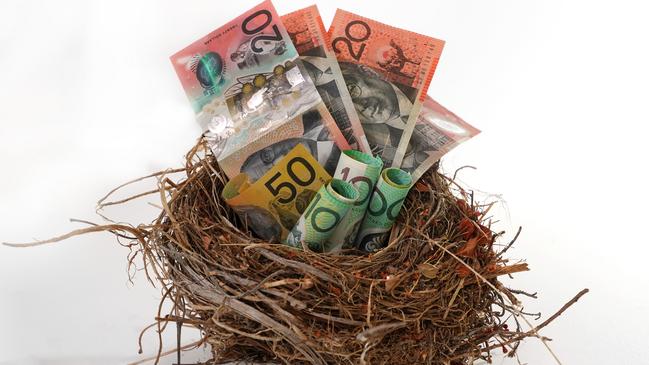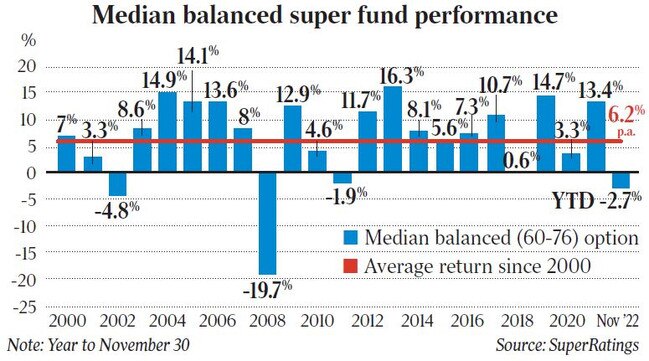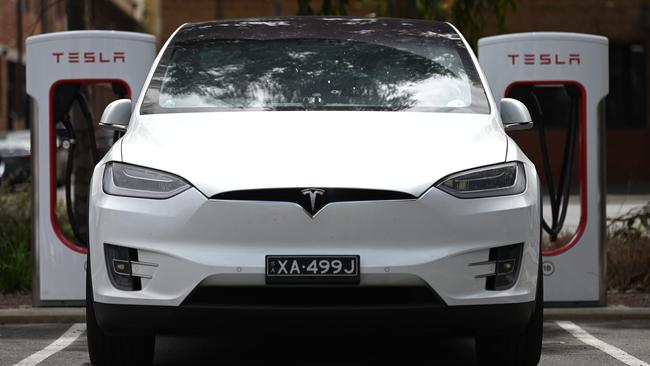You can get superannuation tax either primarily through your compulsory 10.5 per cent contribution – known as the Superannuation Guarantee Charge – and also through extra voluntary contributions which are made on a pre-tax (or concessional) basis.
Once you get outside super, then the tax breaks available to you as a salary earner are slim. But there are tried and tested ways that everyone should know about.
For a start, if you own your own home then you are sitting inside one of the outstanding tax shelters in our system – your home is tax protected, when you sell the building you will not have to pay capital gains tax. Your home is also exempt from some important tests, most notably the tests that allow you access to the pension.
The other fundamental tax “break” is the ability of couples or families to move money around in a way the best suits their tax strategies. If in a couple one person makes $40,000 a year, the tax rate for that person is 19 per cent. If the other person makes $140,000pa, their tax rate is 37 per cent.
If, as a couple, they wish to invest $10,000 it may make a lot of sense for the person on the 19 per cent tax rate to own the investment and claim it on their tax returns. Why pay more tax?

After those two tax breaks, most strategies involve taking some form of investment action; it might be investing in property or bonds, or leasing something you had not considered previously.
In other words, if you want to make your annual salary more tax effective then there are “tax breaks” but they may demand you change the way you are currently doing things.
The most common tax break is, funnily enough, the one that demands the biggest commitment and that’s investing in property. It’s called negative gearing and it can actually be used to invest in any asset. So you could negatively gear shares as easily as property.
However, more than a million people negatively gear into residential property; the number of people who negatively gear shares or managed funds is much smaller.
So how does it work? The essential feature is that the amount the investment costs you over and above the income it makes is the amount you can claim against your annual income tax bill. Inside investment they call this the amount you can negatively gear.
The worst part of negative gearing for property is that it takes a big lump of capital to get started because generally you can’t buy a little bit of a property. The best part is that you get to invest in property and get a tax deduction at the same time.
What’s more, as interest rates doubled in 2022, the amount you can deduct against a property has likely doubled too. Negatively geared investors are among the few winners in a rising-rate environment. (Keep in mind that buying or selling property is a different tax issue as it’s liable for capital gains tax and is a separate issue to ongoing tax deductions relating to the ongoing management of an investment property).
So when you have a property and you paid for it – let’s say through a $100,000 deposit and a mortgage of $500,000 – then this is how it works.
Let’s assume the property costs $600,000 and the rental income is $20,000 a year. (A rental yield of just over 3 per cent).
So each year you get rental income of $20,000 and let’s assume too that the cost of the mortgage is near 4 per cent, so the interest cost is also $20,000 a year.
So far so good. But the property costs money to run; it costs, let’s say, $10,000 a year in fees, repairs and general maintenance. You have costs of $10,000 over income at this property and you can set that $10,000 as a deduction against your annual income tax.
There are many issues around negative gearing, not the least being that it makes houses more expensive for everyone. But there is good reason to believe no government will go near the system in the near term. If you want to be a property investor then it is a very useful tax deduction and it is unlimited, which is why you hear of people with 10 investment properties. The issue for the year ahead is that the residential market is expected to remain subdued, but then again the negative gearing dimension is the best it has been for over a decade.
Of course not everyone wants to invest in property, but you may want to invest in a tax-efficient manner to save over the long term for something important, such as a private education or a long cherished trip around the world.

The outstanding tax break here is investment bonds – they might be sold as education bonds but in reality investment bonds can be used for any purpose.
The best thing about investment bonds is that they offer tax effectiveness to some people but the worst thing is that fees range widely and can make these packages uneconomic.
The other thing is that you must lock up the money for 10 years to get the full benefit of the tax breaks. If you “break” early then there are costs which whittle away at the tax savings you had set out to make initially.
How do investment bonds work? Financial groups such as Australian Unity IOOF (now Insignia), Generation Life etc, create an investment unit and the investor puts money in for an agreed 10 years.
As a company it pays tax at the company tax rate of 30 per cent, as opposed to your tax rate which could be 45 per cent but certainly needs to be over 30 per cent for this scheme to work.
After 10 years of investing through the bond – and 10 years of paying tax at 30 per cent on the annual profits – the company can return whatever is left over to you “tax paid”.
In our Wealth podcast The Australian’s Money Cafe, the pros and cons of investment bonds is an item of regular debate.
Many customers who have used them are satisfied but many top advisers do not like their structure, their marketing or even their final results.
In general, financial advisers say that the tax breaks are not worth the effort or the opportunity cost of locking up your money. In general, customers like having an option outside super where there is some tax efficiency.
It’s also clear that many everyday investors like the discipline required by putting money away for long periods of time. Investors in residential property often say the same thing: “I‘d never have invested with such discipline over such a long period in any other setting”. That’s a plus an adviser might underrate but many investors value highly.
Investment bonds are one of the few tax breaks where big amounts of cash are not required.

Most investment bond products will allow you to invest for about $500 a month at a minimum.
At the other end of the spectrum there are trusts – especially family trusts which get a lot of attention because they are used by wealthy families and also families who have a family business.
We can define wealthy by using the legal definition for “sophisticated investors”; That is, they have “investable assets of at least $2.5m or annual income in excess of $250,000 per annum for two years in a row”.
Even if you do satisfy that definition, it is generally recommended that you need at least $3000,000 ready to immediately invest to make a family trust worthwhile, due to the range of administration and legal fees they demand each year.
The essential feature of a family trust is that you can put income from an asset through the trust and then to each person in the trust (for example, a family member). If some of those family members have low income, such as a non-working spouse or students, then they will pay a lower rate of tax individually.
As you can see tax breaks generally work best the wealthier you are – especially if you have a business. That’s why you constantly hear how the wealthiest people tend to benefit the most from tax breaks.
However, there is one arguable underused tax break for the salary earner and that is leasing – tagged as novated leasing – and it is a good facility if you wish to lease a car rather than buy it. Better still, late last year this tax break became twice as useful if you lease an electric car.

It works in a similar way to super insofar as the payment comes out of your pre-tax salary rather than your post-tax salary, so there is a saving made there straight away.
Until very recently, when you leased a car you could get a limited exemption from the fringe benefits tax. But the electric car discount bill which got signed off in federal parliament in November 2021 has changed the stakes and made electric cars, along with hybrids, fully exempt from FBT.
According to leasing company Inside Edge, the maths of the new tax break go something like this: In 2021 if you leased a car valued at $72,228 and you earned $95,000 a year, the total running cost of the lease would have been $2083. The reduction in take-home pay in 2021 would have been $1863 a month while in 2022 that saving would change to $1364 a month – and that’s $499 a month more in your pocket each month.
As always, this is a tax break for those who want to do something in particular. This time around it means wanting to lease an electric car. But it’s the first new tax break we have seen in the system for quite some time.
This feature is part of our summer investment bootcamp series. A podcast on this feature can be heard on The Australian’s Money Cafe podcast – Summer Bootcamp series.







If you don’t run a business and you work for a salary, then the outstanding tax break is super. In fact it’s so good you must, by law, take advantage of this tax-saving technique by putting 10.5 per cent of your pay into super.